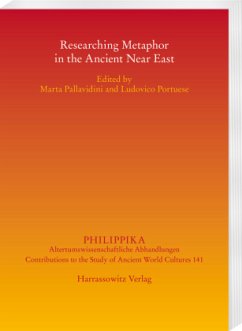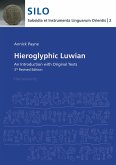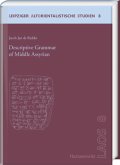Metaphor has intrigued philosophers, rhetoricians, and poets since Antiquity. The phenomenon of metaphor has been mostly interpreted as a figure of speech, and only in last decades of the 20th Century the so-called cognitive turn defined metaphor as a product first of the thought and then of the language. According to this view metaphor is used in everyday life and it is present, therefore, potentially, in every type of texts. Furthermore, metaphor can be identified also in images that convey specific concepts.Both as a figure of speech and as a cognitive phenomenon, the research of metaphor in the ancient Near Eastern written sources has never been thoroughly investigated. Yet the study of metaphor will consent to win a deeper knowledge of the texts and of the system of thinking of the cultures that produced those texts. Therefore, this volume edited by Marta Pallavidini and Ludovico Portuese aims to research metaphor from different perspectives by considering its presence in ancient Near Eastern written documents. The contributions focus on several ancient Near Eastern cultures and encompass more than two millennia as well as examine various topics, from Sumerian literature, to Hittite written sources, to Neo-Assyrian art to the Biblical world.








